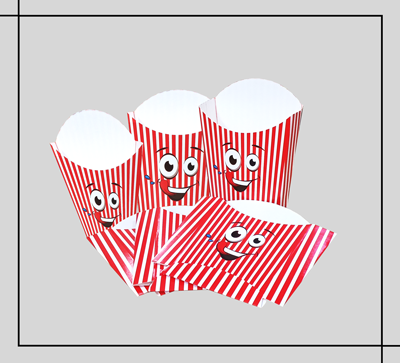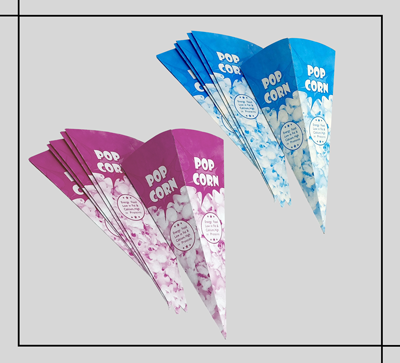
Snack-food-packaging
Adaptable Snack Food Packaging currently represents near 40% of worldwide bundles, as indicated by the Flexible Packaging Assessment Report from Line N Curves. Inside adaptable packing, food stays the biggest business by end-use, with bread rolls/lunchrooms and sweet and flavorful tidbits consolidating to address the biggest development section among regions surpassing industry development rates.
This aligns with buyers' expanding attention to the medical advantages of nuts and dried foods grown from the ground bars.
While Snack Food Packaging is more feasible and uses less energy to make, these positive characteristicsfor CPGs and shoppers become a plan challenge when checking out finish-of-life reusing.
There is right now an absence of reusing choices for multi-material overlaid films, for example, nibble packs and foil pockets, which are hard to isolate into their different material substrates.

Albeit many packing material organizations like us, “Line N Curves” overall are scrambling to foster maintainable packing materials to lessen the ecological effect, it is a tedious and costly interaction.
CPGs need to incorporate adaptability into their production network as getting harmless to the ecosystem materials isn't so natural as obtaining more conventional Snack Food Packaging.
The business reacts to these store network difficulties with new drives to further develop the maintainability profile of adaptable packing. These activities incorporate growing new advancements, for example, Snack Food Packaging sortation to drive reusing and assortment and auto-sortation of adaptable materials.
A few makers are proceeding to distinguish methods to make the assortment and sortation of adaptable packing waste practical and monetarily well disposed of.